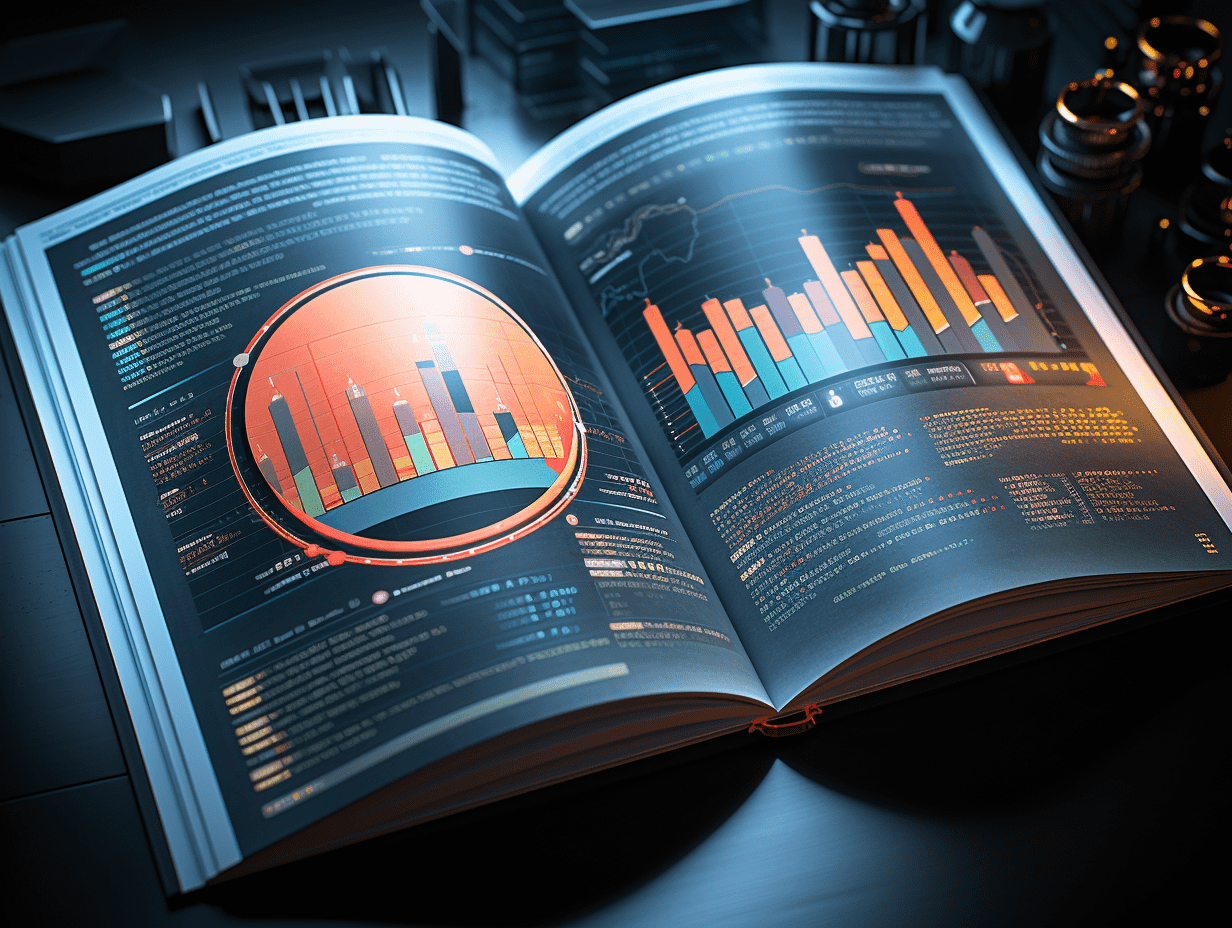
The US economic alarm has sounded! What are the hidden "economic landmines"?
Recently, global investors have been attracted by the unpredictable US tariff policy, but Ray Dalio, the founder of Bridgewater Associates, has sounded another alarm - due to the US tariff and trade policies, the US may face a situation "worse than economic recession." What hidden "economic pitfalls" does the US have? Let's see through the fog and get to the truth with the latest data.
The risk of the US economy's "blinking yellow light"
A recession is typically defined as two consecutive quarters of negative GDP growth. The latest forecast data from the New York Fed shows that the probability of an economic recession in the US in the next 12 months was 50.04% in April 2025, the lowest of the year; by August 2025, the probability of the US economy's "blinking yellow light" will reach the highest of the year at 61.79%.
From historical data, the US economy still has some resilience. In 2024, the US GDP growth rate remained at 2.8% year-on-year, slightly slower than the previous year but still healthy. However, looking at forecasted data, things are not as optimistic. On March 20, 2025, the Fed downgraded its forecast for US GDP growth from 2.1% to 1.7%, cutting nearly 1/5 of the growth space directly. The pace of adjustments in US tariff policy has increased market uncertainty. This instability could directly lead to risks of cost increases for businesses, supply chain disruptions, contraction of trade volumes, inhibition of long-term investment planning, and ultimately dragging down US GDP growth.
US debt snowball and the US dollar throne
Deeper risks for the US may stem from the deterioration of its fiscal situation. As of April 10, 2025, the total US national debt had reached $36.22 trillion. What does it mean for the national debt snowball to reach this number? It is equivalent to every American carrying a debt of $10.6 million. More glaringly, in 2024, the US national debt-to-GDP ratio reached 124.1%, and the US fiscal deficit as a percentage of GDP reached 6.95%. From January to March 2025, the US fiscal deficit cumulatively reached $596.187 billion, an increase of 7.49% compared to the same period last year. Among this, the on-budget deficit accounted for 92.47% and the off-budget deficit accounted for 7.53%. Dalio compared this situation to an "economic blood clot," where if the financial blood cannot circulate healthily, the first to suffer would be the bond market.
Currently, the US dollar throne is also beginning to falter, as the US dollar's status as the global reserve currency faces a historic challenge. Dalio pointed out that the sell-off of US treasury bonds and the depreciation of the US dollar are direct reflections of market confidence in the US dollar. From April 1 to April 14, 2025, the US dollar index fell from 104.2263 to 99.6920, a cumulative decrease of 4.35%, breaking below the 100 mark for the first time since July 2023. On April 11, the average actual yield of long-term US treasury bonds reached 2.66%, the highest since April 2009. These reflect market concerns about the long-term stability of the US dollar. Some countries may reduce their allocation of US dollar assets and turn to gold, the euro, or regional currency settlement systems.
The Fed's "tightrope" challenge
The US tariff policy also threatens the independence of the Federal Reserve and significantly restricts the Fed's rate-cutting path. On one hand, the average actual yield of long-term US treasury bonds has hit a 15-year high, causing corporate borrowing costs to soar; on the other hand, various tariff increases are effectively adding fuel to the Fed's inflation target. This is like driving in a dilemma of pressing both the gas pedal and the brake.
Fortunately, recent cooling of US inflation has provided a temporary relief to the market. In March 2024, US CPI increased by 2.4% year-on-year, significantly slowing down from the previous month and hitting a six-month low; CPI unexpectedly decreased by 0.1% month-on-month. However, if the tariff policy is fully implemented in April, it could rewrite the inflation script, raise inflation levels, lead to a decrease in consumer confidence, and impact consumer spending.
The reshaping of the international trade landscape
The adjustment of global supply chains and changes in trade policies are bringing the US's trade deficit issue to the surface. In January 2024, the US trade deficit reached $130.652 billion, the largest monthly deficit in history, equivalent to over $4.2 billion flowing out of the US economy net every day, reflecting strong US external demand. In February 2025, US imports amounted to $401.12 billion, a year-on-year increase of 19.7%; the majority of these imported goods come from the EU, Mexico, and other regions. If the US tariff policy is fully implemented, it is likely to raise import prices, causing input inflation "boomerang" and further squeezing consumer purchasing power.
Traditional US allies like Canada and Mexico are being forced to "seek alternative paths." Currently, many of Canada's exports rely on the US market. From February 2025 trade data, mineral fuels, lubricants, and related materials are the main goods imported from Canada to the US, accounting for approximately 30.66% of US-Canada imports. However, US tariff policies directly impact Canada's profit margins, forcing Canada to strengthen its trade ties with Europe and the Asia-Pacific through the Comprehensive and Progressive Agreement for Trans-Pacific Partnership (CPTPP) and the Comprehensive Economic and Trade Agreement (CETA).
Mexico is also facing "nearshore anxiety." According to February 2025 trade data, machinery and transportation equipment are the main goods imported from Mexico to the US, accounting for approximately 65.45% of US-Mexico imports. The US's tariff policy is forcing Mexico to accelerate regional supply chain cooperation with South American countries and explore trade agreements with Asian countries.
Conclusion
Tariff games are only superficial; the true contradiction in the US economy lies in "wanting both the benefits of globalization and absolute security." Who will ultimately pay the price for this economic gamble?
RECOMMEND
©️2013 - 2025 GMT EIGHT Holdings. All Rights Reserved.
Contact: [email protected]


